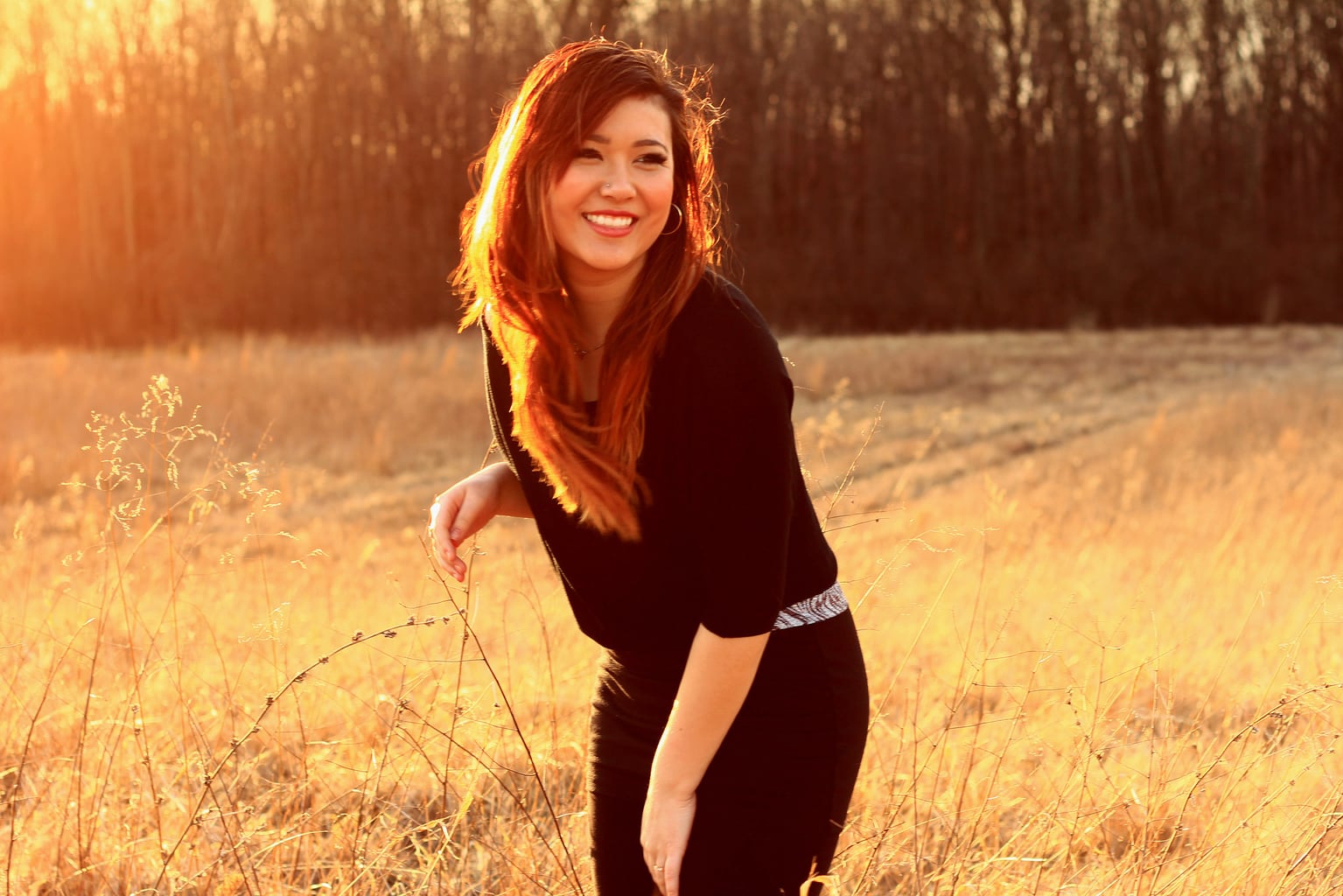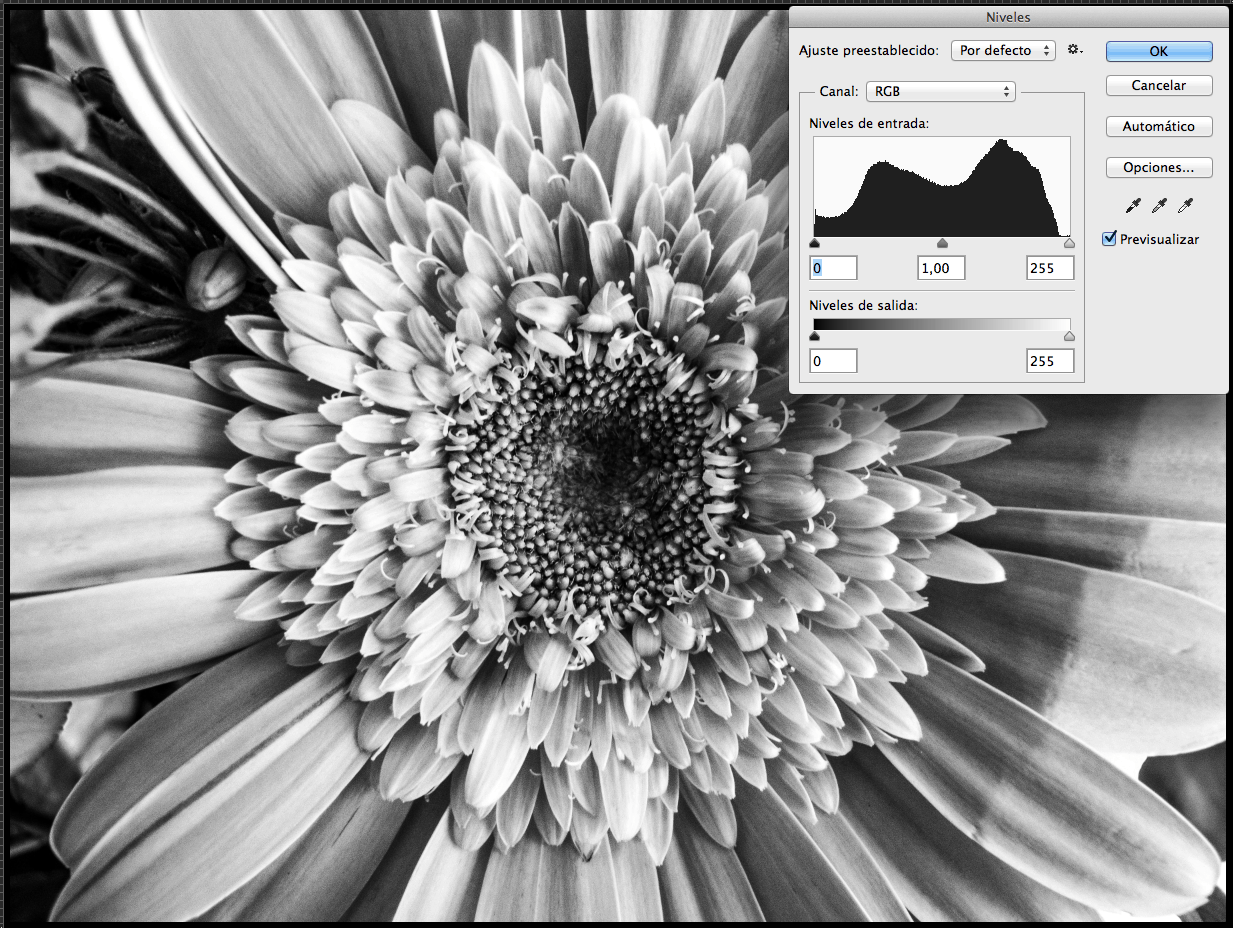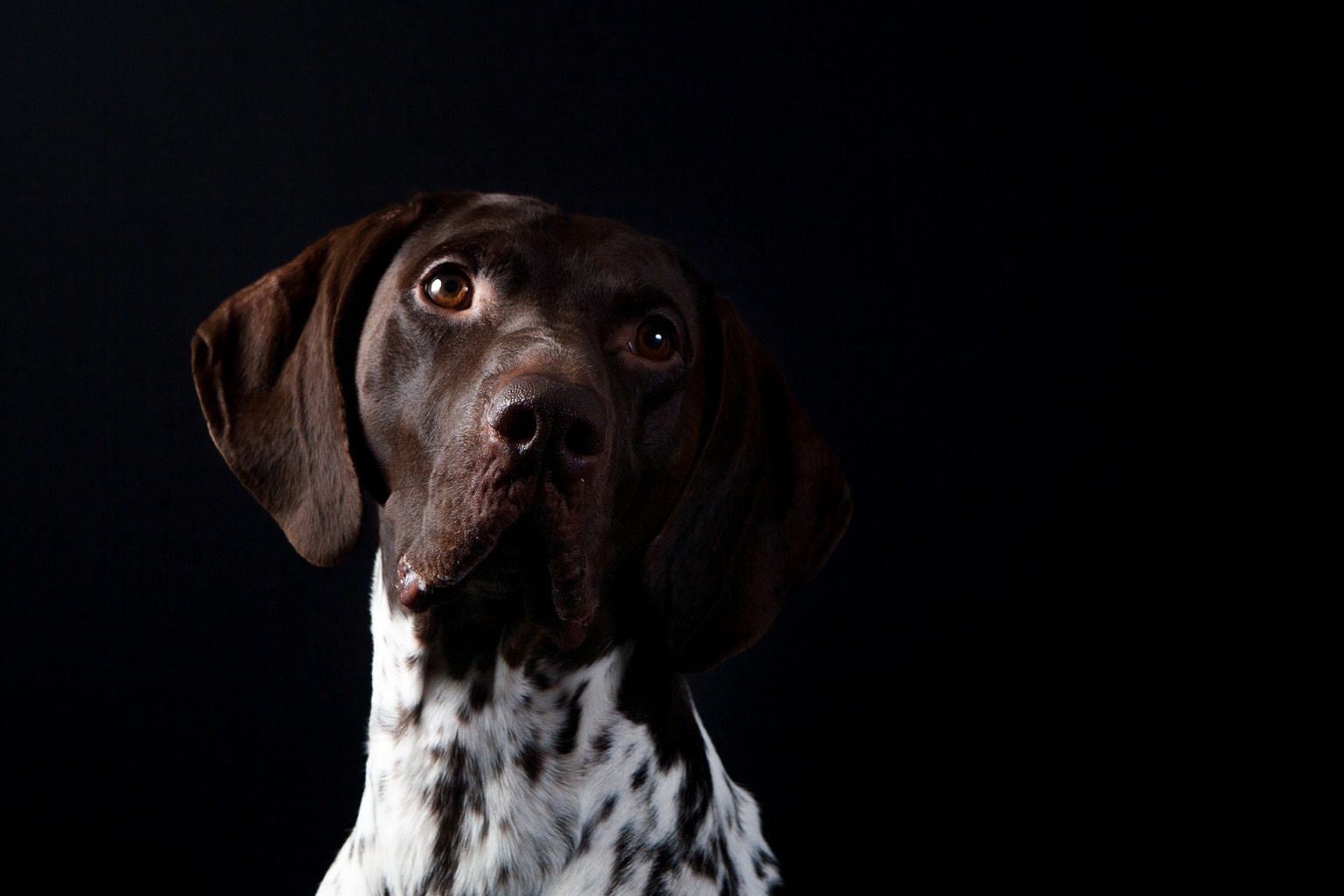We are all or have been new to photography, we have all started obsessed with choosing the best camera that our pocket can afford, no matter how much they tell us that it is not the most important thing. We have all started messing around automatically without paying too much attention to our instruction manual, waiting for the gift, the miracle that will make us, from one day to the next, worthy of receiving the title of photographer. Because the beginnings are always illusion and passion and some deception too. Because the great challenge of photography, the great ingredient, what differentiates a mediocre image from a fascinating one is nothing other than lighting . Lighting is the great challenge we face as photographers, because light is everything.in a photograph, and at the same time one of the most forgotten and feared aspects ?
But don't be afraid, if you're here, you're on the right track, because photography is not a gift, well it may be a gift but it is one that can be learned, and you are on your way to achieving it ? with the following basic tips, but , before leaving you with them, allow me to recommend this very complete guide where you will find everything you need about lighting in photography . Now yes, let's go with the promised tips:
- Choose the right type of measurement for each occasion
- Learn to work with the histogram
- Keep the ISO low whenever you can.
- Pay attention to white balance
- Experiment with the orientation of light
- Tips for shooting outdoors
- Tips for shooting indoors
- Learn to master the opening of the diaphragm
Now let's see point by point in depth.

CHOOSE THE RIGHT TYPE OF MEASUREMENT FOR EACH OCCASION
Although sometimes things will happen quickly in front of you and you won't have much time to think, the truth is that most of the time you will have enough time to prepare your camera settings. The question is to think about doing it and make this part of your photographic routine , because it is very important to decide before shooting, what ISO, what speed, what aperture, why this and not the other. It is in your mind where the photograph that will later be reflected in your sensor begins to take shape , so it is very important to think before shooting, because that is where the big difference lies and where a good image is achieved.
One of the aspects that must be thought about before shooting is what type of measurement is appropriate for the image in front of us, that is, where the photometer of our camera will collect the information from and how it will process it to give us the exposure values.
PUNCTUAL
It is the most accurate , although it does not mean that it is the most suitable for all occasions. The punctual mode measures the information at the exact point that we indicate without taking into account any type of light information outside of it. It is useful when we want a very precise measurement in some part of the scene because that is where our center of interest resides regardless of the information around it, or when there is a big difference between our center of interest and the area around it.
CENTRAL
This type of metering discards information from the edges of the frame, focusing on the central area of the scene.
CENTER WEIGHTED
Similar to the central one, only this time it does not exclude the information that surrounds the central area (although it gives it less weight) and it does exclude the areas in which it considers the sky to be located.
MATRIX (MULTI-PATTERN OR MULTI-ZONE)
Meters all areas of the image creating average exposure values. It is probably the most used mode of all and the one that will work for you in most situations , as long as you have an image without an exaggerated difference between highlights and shadows (high contrast).

LEARN TO WORK WITH THE HISTOGRAM
Surely you have ever noticed a sinister graphic that appears in editing programs and on the screen of your camera (if you have it activated), full of spikes and so unintuitive, right? Well, that unpleasant graph is called Histogram , it is very easy to use, and it will be your best ally when it comes to displaying your photographs. Here I explain step by step what it is, how to read it and, ultimately, how it can help you get better photographs.
That great stranger who is going to become your best friend, you'll see ?

KEEP THE ISO LOW WHENEVER YOU CAN.
High ISO values , while increasing the light sensitivity of your sensor (allowing you to work as if there is more light than there really is), also have an impact on the quality of your image. That is why we always recommend keeping the values low by default and raising it only when we need an extra dose of sensitivity (night or indoor photography).
PAY ATTENTION TO WHITE BALANCE
Many lights that we see as white are, in reality, captured by our sensor with warm tones (tungsten lights in most interiors) or cold (for example, fluorescent lights), which is what we know as color temperature . That is why it is so important to be careful with the white balance , which is the system that is responsible for correcting these color deviations towards warm or cold tones. Most of the time an automatic tone will work for you, but if you want to be sure of the result, shoot in RAW and correct the tone in the processing.
EXPERIMENT WITH THE ORIENTATION OF LIGHT
Depending on the directionality of the light, a photograph of the same image can change drastically.

FRONTAL
The front light is placed in front of what we are photographing. Reduce textures, remove shadows, and increase detail.
SIDE
The subject or object receives the light laterally, highlighting the textures and increasing the volume.
OVERHEAD
The light comes from above the subject illuminating it from above. This type of lighting produces accentuated shadows on the face, especially under the eyes and nose. This is the type of illumination of the central hours of the day when the sun is high in the sky.
NADIR OR CONTRAPICADO
If in overhead lighting the light comes from above, in this case, it is the opposite, it comes from below, resulting in unnatural shadows, such as an illuminated chin, or dark cheekbones and eyes.
REAR
The light comes from behind the subject. This is the type of lighting you will need to work with silhouettes or backlighting .
TIPS FOR SHOOTING OUTDOORS
Natural light is the best study there is , and knowing how to play with it and make the most of all its possibilities will be your great asset to improve your photographs through good lighting.
SUNRISES AND SUNSETS
The best hours of the day to take pictures outdoors are always the first and last hours of the day. In sunrises and sunsets , the light is soft, warm and lateral, enhancing the textures, the long and soft shadows... Ideal for photographing landscapes and achieving wonderful portraits. The moments that precede (in sunrises) or that follow (sunsets) these moments of warm light are known as blue hours and will also give you magical opportunities to photograph both urban and natural landscapes.

HARD LIGHT
Unfortunately, no matter how wonderful the light of sunsets and sunrises is, it is a light that lasts only a few moments, so either we choose to contain ourselves all day without pressing the shutter, losing unrepeatable moments until nightfall, ? or we learn some tips for working in harsh light, which is most of the rest of the day.
- Take advantage of high contrast scenes to exercise your creativity
- Do not miss the opportunity to get a good portrait:
- Under a tree
- on a porch
- Under an umbrella or a beach umbrella

- Take advantage of cloudy days when the clouds act as diffusers softening the contrast and shadows.
TIPS FOR SHOOTING INDOORS
BE CAREFUL WITH THE WHITE BALANCE
Pay special attention to the white balance, because indoors you may find yourself in a scene with light combinations and therefore with different color temperatures. When in doubt, shoot RAW.
COME TO A WINDOW
The windows and their side light seasoned with light curtains as a diffuser, can be the best home study you can find. As always, the power of natural light is unique.

USE ALL AVAILABLE LIGHT
The interiors, no matter how much light you think you have, are always less bright than you think. So draw curtains, turn on lights, open doors... All light is little.
- Take the opportunity to experiment with portraits in high key (lots of light and white background) and especially in low key (dark background and dim light), you can get very good results indoors with a little patience ?
GET AN EXTERNAL FLASH
External flashes not only allow you to modify the power but also allow you to rotate the head to bounce light off ceilings, walls or other surfaces, thus allowing you to achieve a homogeneous and diffused light that is very photogenic for portraits.
- If you don't have a rotary head, get a light diffuser, they are very cheap and offer very good results.
AND FINALLY... LEARN TO MASTER THE APERTURE OF THE DIAPHRAGM
The best way to control the light that passes into your sensor is through the aperture . By opening the diaphragm, you will let more light in and by closing less, also directly affecting the depth of field (the more closed the diaphragm is, the greater depth of field you will have in the image and the more open, the less depth of field or area in focus in the image). image. We better see it with a very graphic video:



